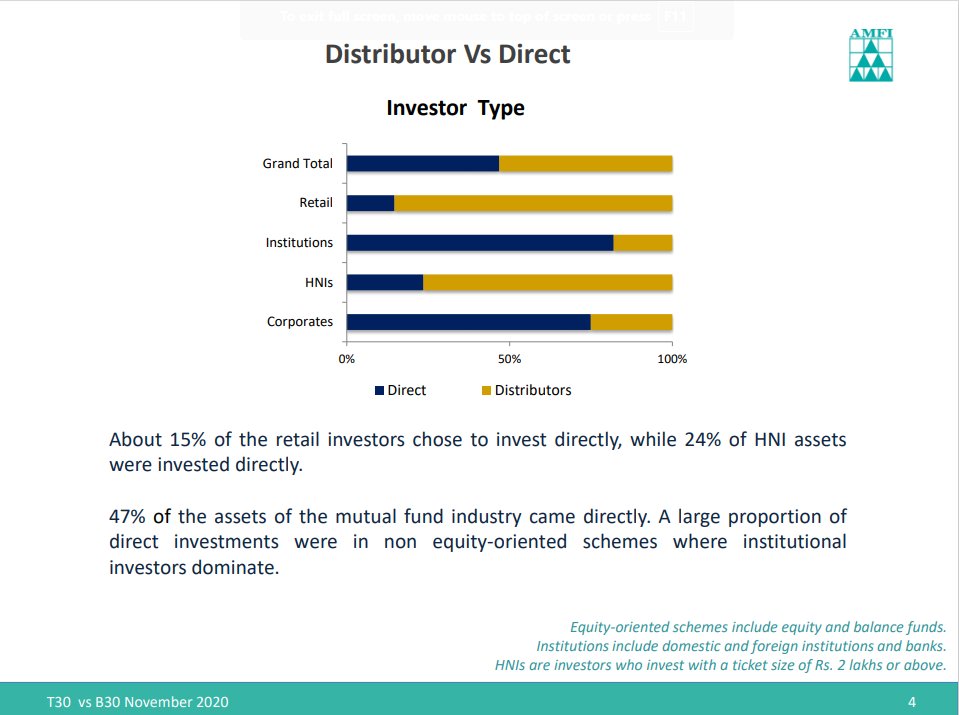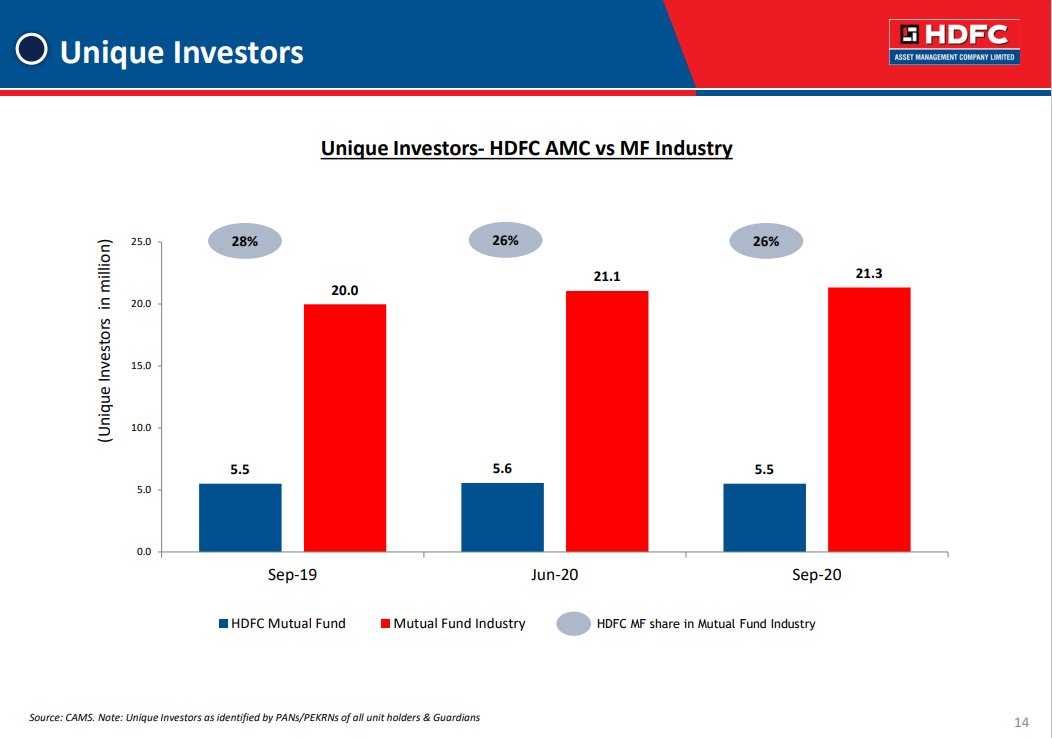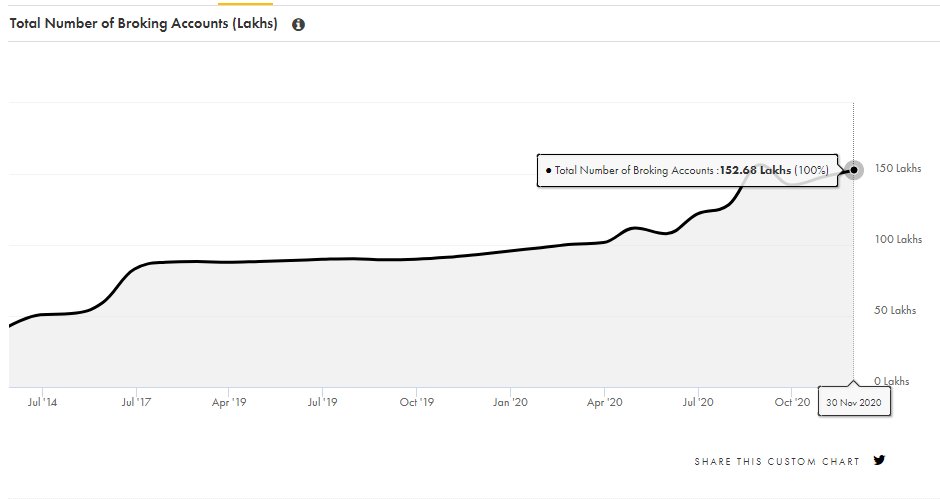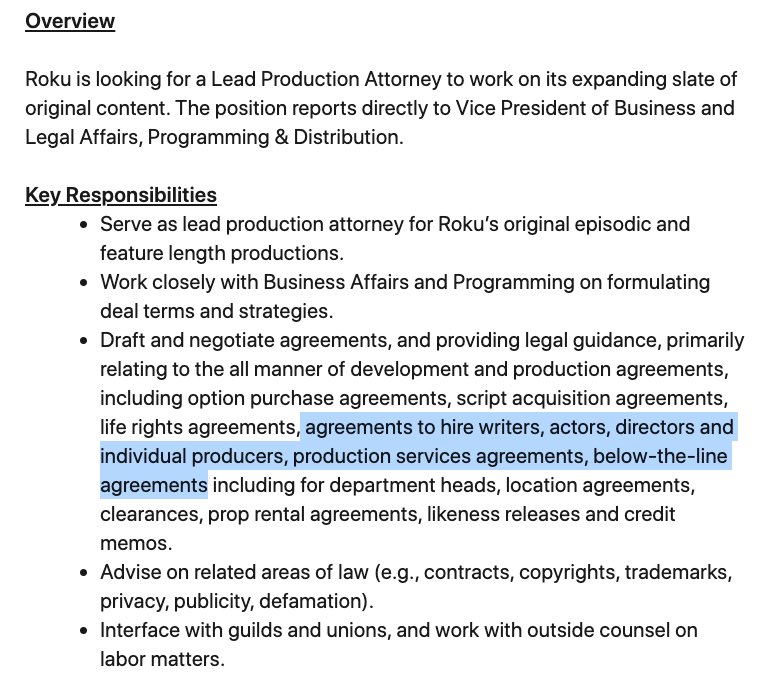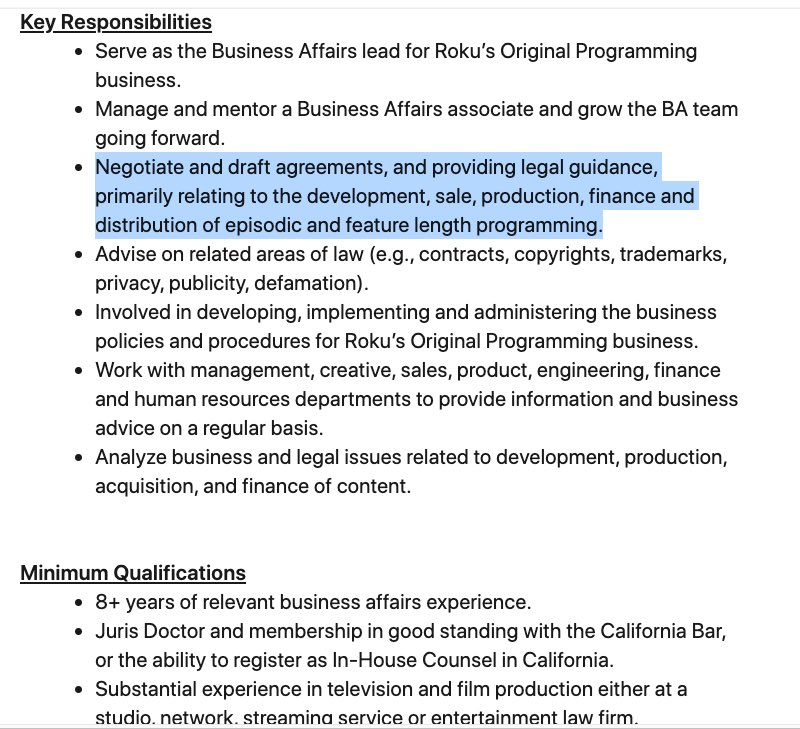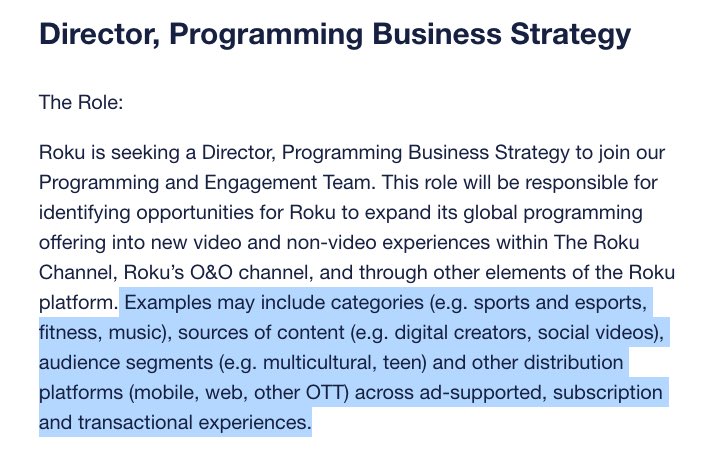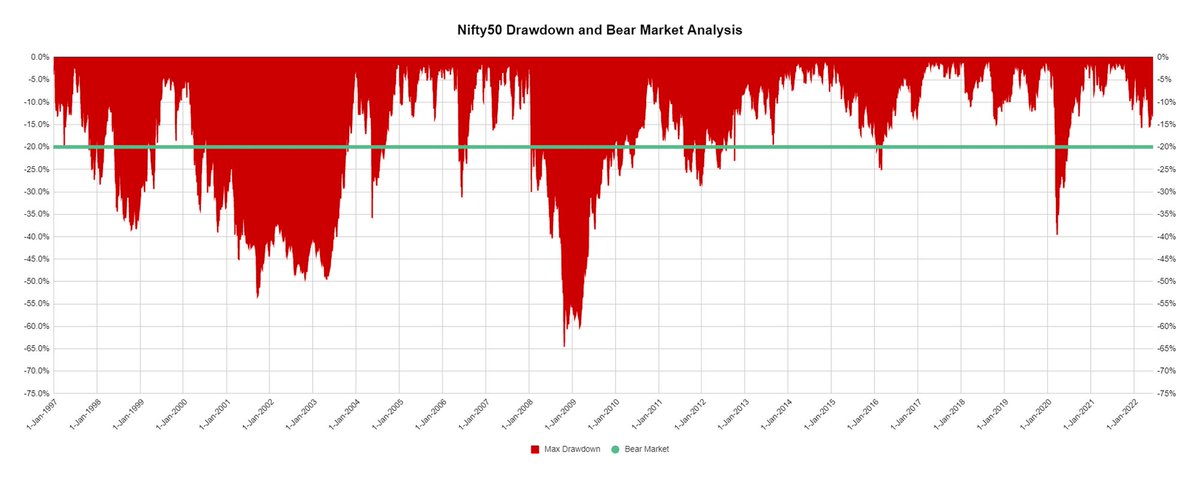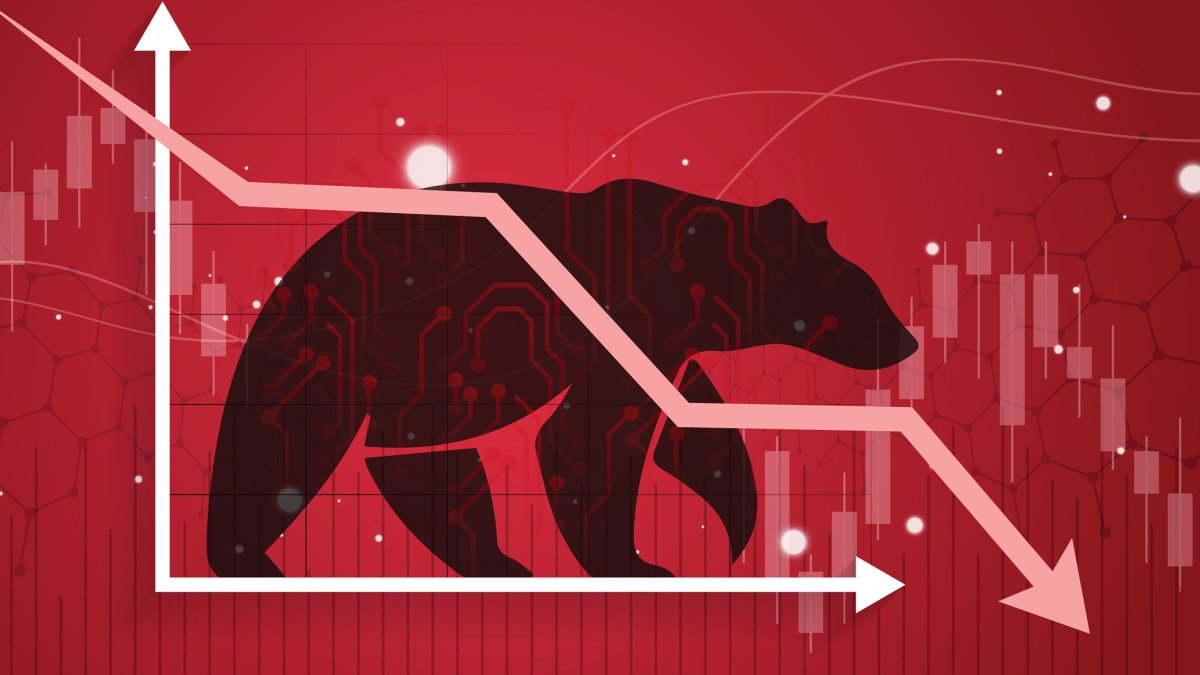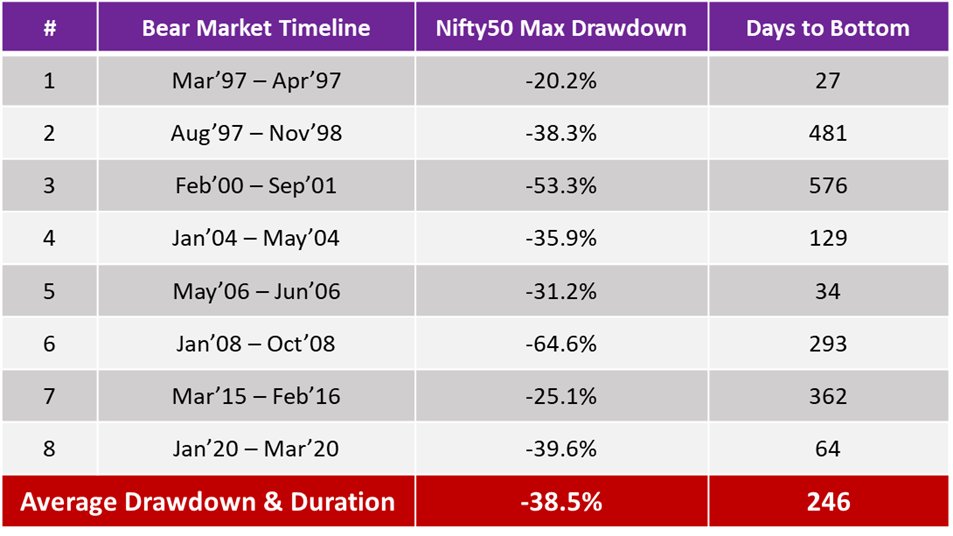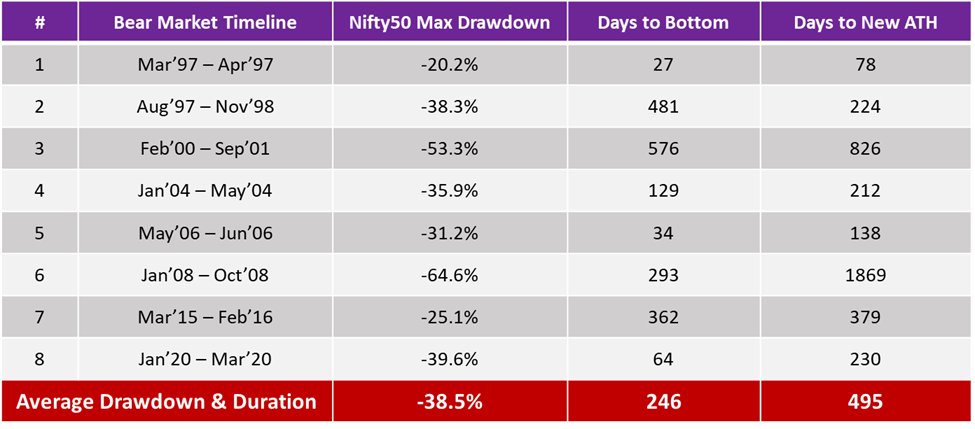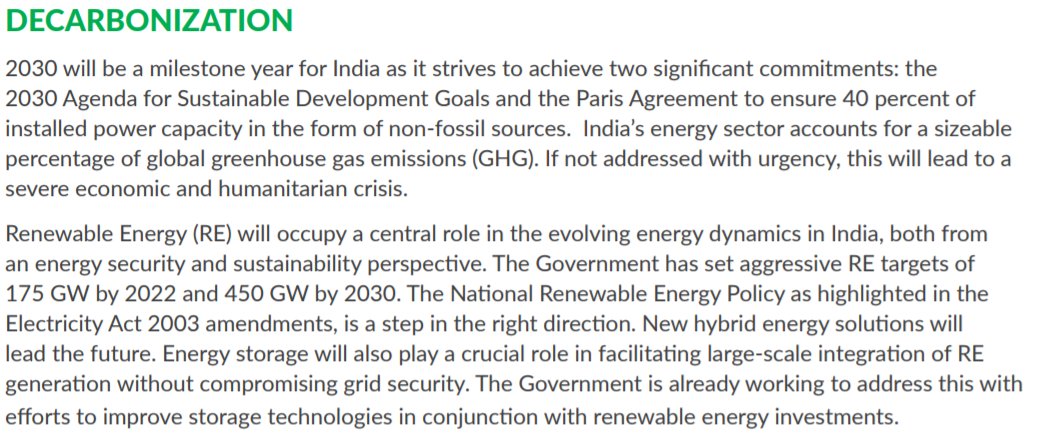Categories Trading
7 days
30 days
All time
Recent
Popular
1/ Market Musings is back but with a glitch so here's the tweetstorm instead. December set some capital markets records. DoorDash, Airbnb and Wish all priced $1bn+ IPOs leading up to the Christmas holiday.
2/ It wasn’t long ago that investors were bemoaning how long it took companies to go public. Only a handful were going public each year and they were fueling their growth with private capital.
3/ Starting in 2018 we started seeing more than a dozen IPOs that raised >$1bn each, in the US and globally. Many of these large IPOs have been tech companies and the markets are rewarding growth.
4/ Why did we see 4 big tech IPOs (airbnb, doordash, https://t.co/8Z1JDLbiDS and Wish) price last December? Is going public right before year end common? No, it’s not.
5/ Here are a couple of factors that make the IPO market hot right now:
- Companies originally pushed their IPOs when Covid hit
- The stock market is surging
- Election provided certainty
- The market is rewarding growth cos
2/ It wasn’t long ago that investors were bemoaning how long it took companies to go public. Only a handful were going public each year and they were fueling their growth with private capital.
3/ Starting in 2018 we started seeing more than a dozen IPOs that raised >$1bn each, in the US and globally. Many of these large IPOs have been tech companies and the markets are rewarding growth.
4/ Why did we see 4 big tech IPOs (airbnb, doordash, https://t.co/8Z1JDLbiDS and Wish) price last December? Is going public right before year end common? No, it’s not.
5/ Here are a couple of factors that make the IPO market hot right now:
- Companies originally pushed their IPOs when Covid hit
- The stock market is surging
- Election provided certainty
- The market is rewarding growth cos
EV Charging - A thread on the segment of charging infrastructure & stocks including
$TPGY $SBE $CLII $BLNK $NBAC $BEEM $STPK $TSLA $IDEX
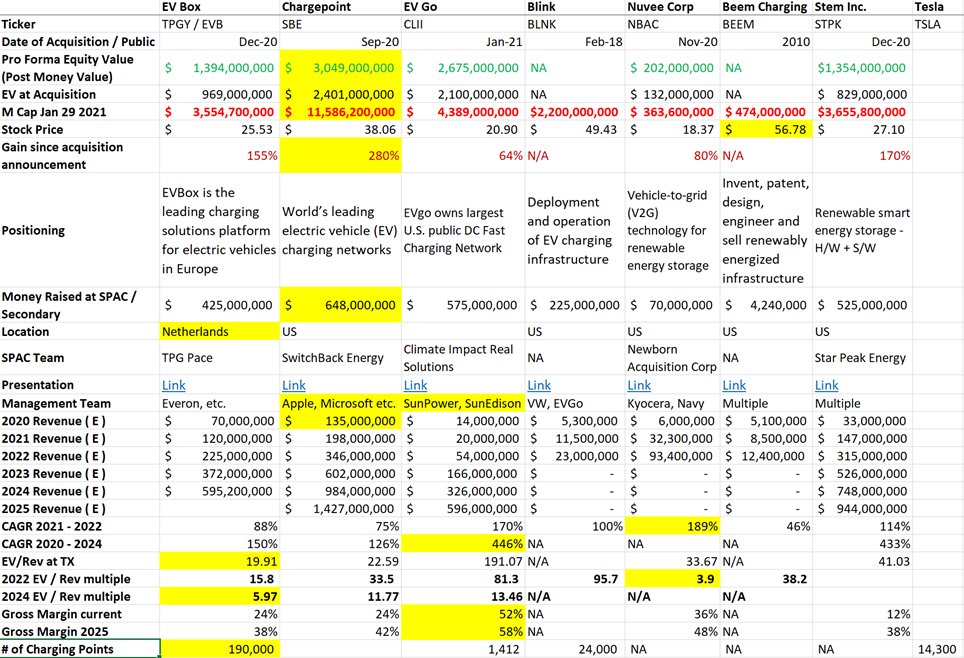
According to the International Energy Agency, which forecasts that there may be 300-400 million EVs (cars + commercial) on the road out of approximately 2 billion vehicles by 2040.
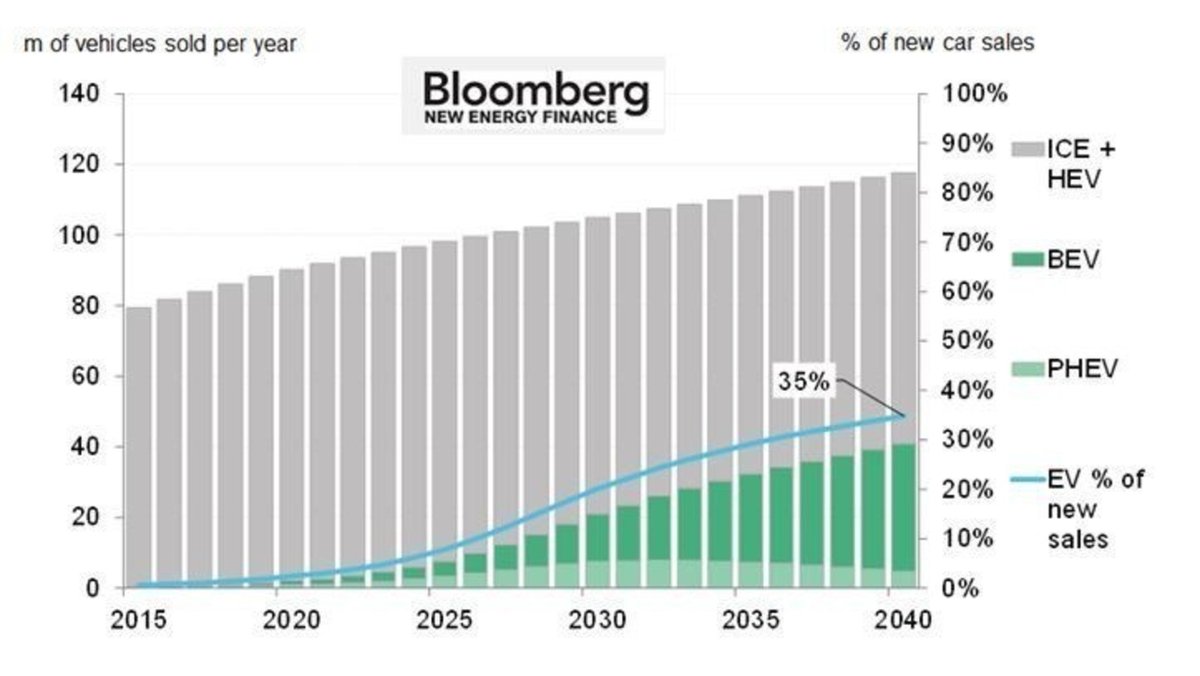
The global electric vehicle charging infrastructure market size was valued at USD 15.06 billion in 2020 and is expected to grow at a compound annual growth rate (CAGR) of 33.4% from 2021 to 2028.
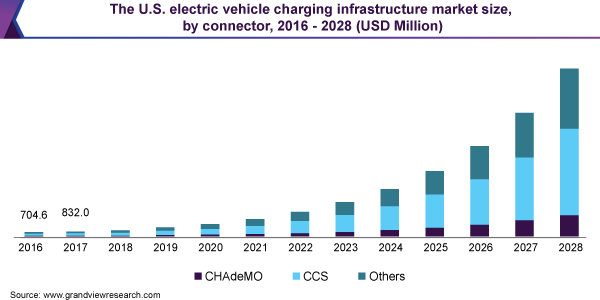
In 2019, there were about 7.3 million chargers worldwide, of which about 6.5 million were private. US alone needs about 2 million EV charging stations for the 40 or more electric car models that are likely to be on the roads in their multitudes by 2025. China leads the market.
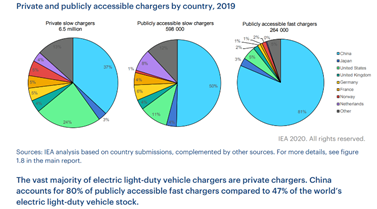
According to the Open Charge Map, there are almost 200K charging stations across about 100K locations around the world.
https://t.co/0ToXKV9h8E
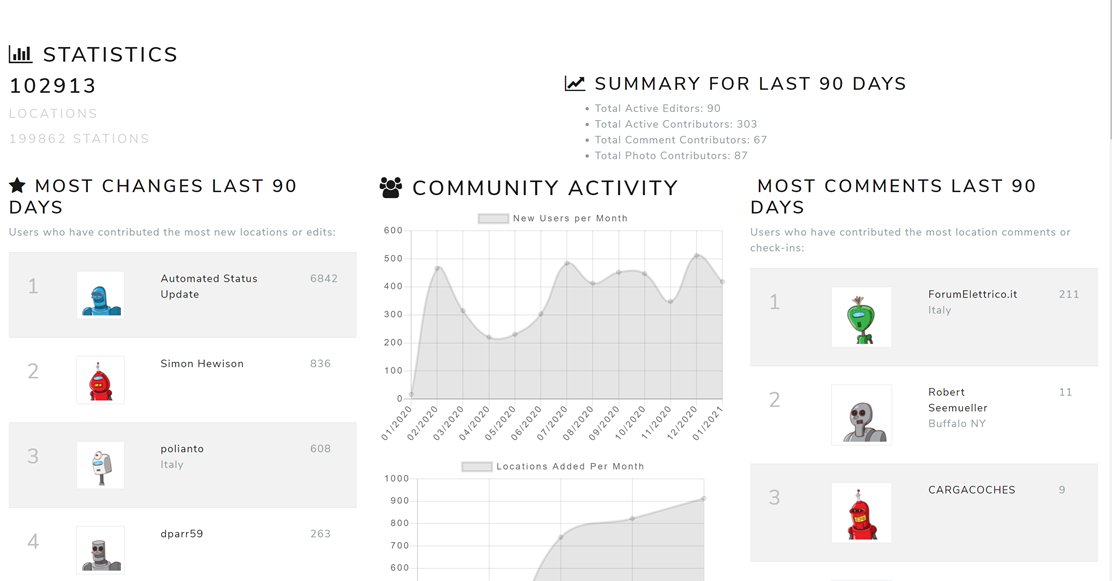
$TPGY $SBE $CLII $BLNK $NBAC $BEEM $STPK $TSLA $IDEX

According to the International Energy Agency, which forecasts that there may be 300-400 million EVs (cars + commercial) on the road out of approximately 2 billion vehicles by 2040.

The global electric vehicle charging infrastructure market size was valued at USD 15.06 billion in 2020 and is expected to grow at a compound annual growth rate (CAGR) of 33.4% from 2021 to 2028.

In 2019, there were about 7.3 million chargers worldwide, of which about 6.5 million were private. US alone needs about 2 million EV charging stations for the 40 or more electric car models that are likely to be on the roads in their multitudes by 2025. China leads the market.

According to the Open Charge Map, there are almost 200K charging stations across about 100K locations around the world.
https://t.co/0ToXKV9h8E

Don’t have much cash but want to invest in real estate?
Want to get SBA loans and special loan programs so you can buy real estate investments with only 5-10% down?
One word for you:
Don’t.
Here’s why
👇👇👇
Leverage can be a beautiful thing.
Appreciation takes over and all that value you bought with debt grows and you amplify your returns.
But there is another, darker side of debt.
Values drop 5 or 10% and you’re underwater. You have zero equity or negative equity.
Ask the folks who were over-levered in 2007 what happened on 2011?
Real estate is a frothy space right now. Money flying everywhere and values higher than they’ve ever been.
Debt is cheaper and easier to get than ever.
Will it continue?
Probably.
Money could stay cheap for a long time. There is a ton of negative yielding debt abroad and liquidity ready to flood our market at the drop of a hat.
Rates will likely stay low. Gov will probably keep subsidizing these loans. You’ll probably be okay.
Want to get SBA loans and special loan programs so you can buy real estate investments with only 5-10% down?
One word for you:
Don’t.
Here’s why
👇👇👇
Leverage can be a beautiful thing.
Appreciation takes over and all that value you bought with debt grows and you amplify your returns.
But there is another, darker side of debt.
Everybody I know loves LEVERAGE when it comes to real estate.
— Nick Huber (@sweatystartup) October 18, 2020
It\u2019s a beautiful and scary tool, kicking appreciation, depreciation, and cashflow into overdrive.
It amplifies everything. You can make a lot of money really fast and go broke in months.
Here\u2019s how it works\U0001f447\U0001f447\U0001f447
Values drop 5 or 10% and you’re underwater. You have zero equity or negative equity.
Ask the folks who were over-levered in 2007 what happened on 2011?
Real estate is a frothy space right now. Money flying everywhere and values higher than they’ve ever been.
Debt is cheaper and easier to get than ever.
Will it continue?
Probably.
Money could stay cheap for a long time. There is a ton of negative yielding debt abroad and liquidity ready to flood our market at the drop of a hat.
Rates will likely stay low. Gov will probably keep subsidizing these loans. You’ll probably be okay.
I was still in high school in 2000, so obviously wasn't investing.
But the more I read, the more I realize it wasn't just a using "eyeballs" for valuation problem.
Thread below:
First up Xilinx
They were the leaders (and still are) with ~40% share in FPGAs. The end market was growing. They were growing fast as shown in this chart for fiscal year 2001 ending in March 2001
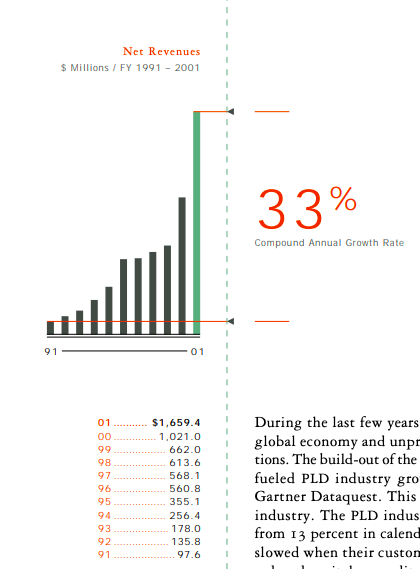
The CAGR was lot higher in closer to 2000 - it was growing 50%+. Until 2001 that is. That's when revenues dropped 30% due to market correction.
Xilinx - an innovator and leader in FPGAs - did not reach same stock price until 2018!
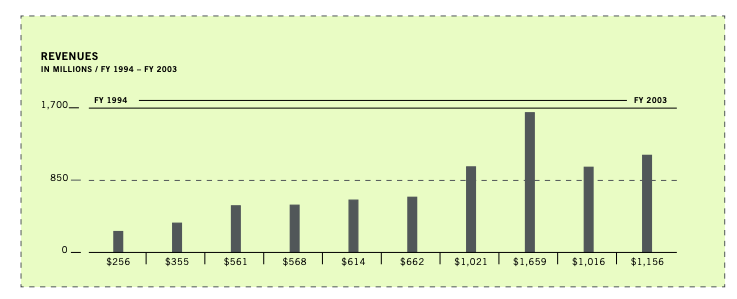
Next up - Microsoft
It was growing fast, Bill Gates was talking of PC plus era where internet would enable new features
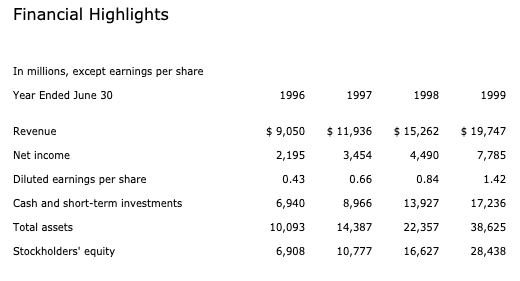
But MSFT got multiple compression problem as covered in this excellent tweet from @corry_wang
Stock price to dropped from the highs of late 1999 and didn't get back till 2016, despite quadrupling earnings in the next
But the more I read, the more I realize it wasn't just a using "eyeballs" for valuation problem.
Thread below:
First up Xilinx
They were the leaders (and still are) with ~40% share in FPGAs. The end market was growing. They were growing fast as shown in this chart for fiscal year 2001 ending in March 2001

The CAGR was lot higher in closer to 2000 - it was growing 50%+. Until 2001 that is. That's when revenues dropped 30% due to market correction.
Xilinx - an innovator and leader in FPGAs - did not reach same stock price until 2018!

Next up - Microsoft
It was growing fast, Bill Gates was talking of PC plus era where internet would enable new features

But MSFT got multiple compression problem as covered in this excellent tweet from @corry_wang
Stock price to dropped from the highs of late 1999 and didn't get back till 2016, despite quadrupling earnings in the next
12/ "The multiple matters just as much as the growth"
— Corry Wang (@corry_wang) September 1, 2020
Sorry guys, I couldn't resist fitting at least one truly hot take in here... pic.twitter.com/NuT7dIeRBd

